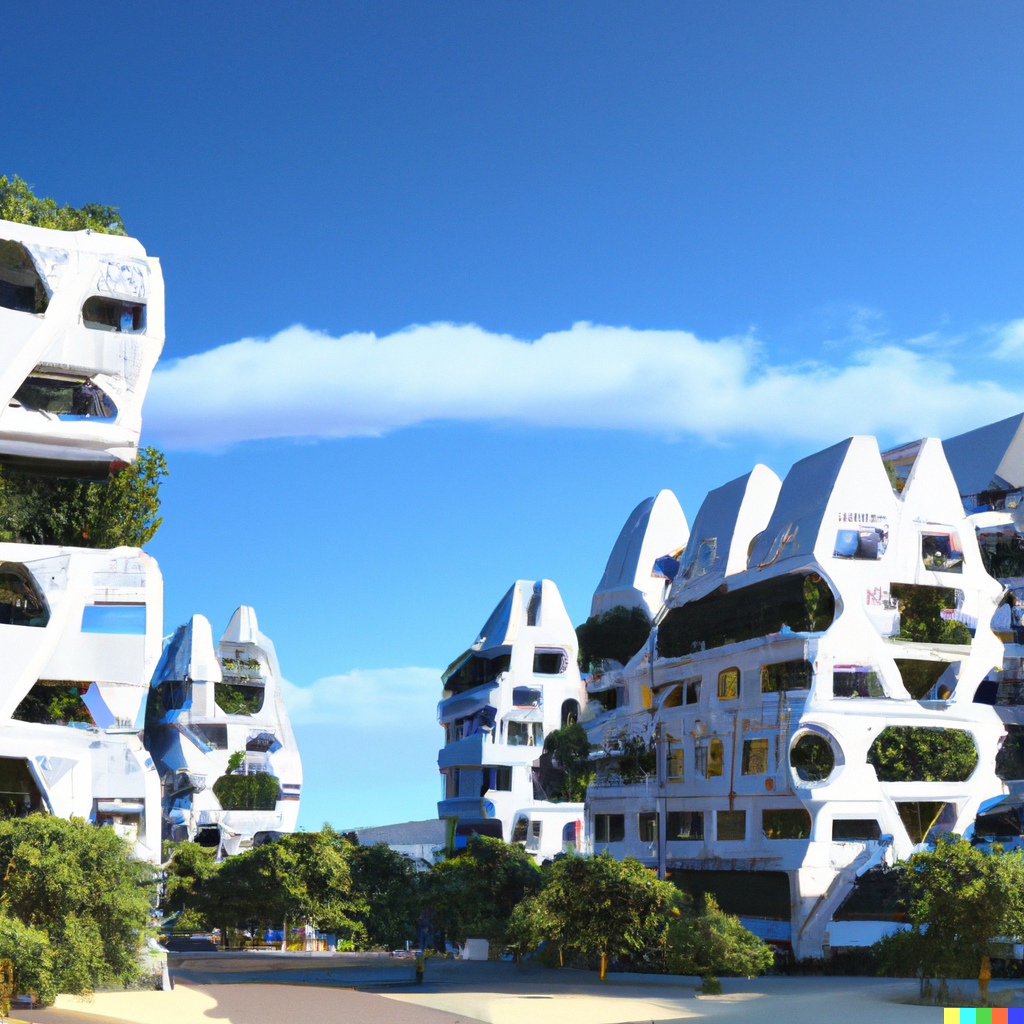Houses of the Future: A Look into Montreal's Sustainable, Efficient, and Tech-Driven Homes
So ChatGPT seems to be all the rage nowadays. If you’re not familiar with it, ChatGPT is an AI that is open to the public. We asked it to describe what housing of the future might look like in Montreal, and here is what it came up with…
Houses of the Future: A Look at What’s to Come
As technology continues to advance and our understanding of sustainability grows, it’s natural to wonder what the houses of the future might look like. While it’s impossible to know for sure, there are a few key trends that suggest how our homes could evolve in the coming years.
One of the biggest trends in housing is the push towards sustainability and energy efficiency. As concerns about climate change continue to grow, more and more people are looking for ways to reduce their environmental impact. This could mean using green building materials, such as recycled steel or bamboo, which are both strong and sustainable. It could also involve the use of renewable energy sources, such as solar panels or geothermal heating and cooling systems, which can help reduce reliance on fossil fuels.
In addition to being environmentally friendly, sustainable housing can also be more cost-effective in the long run. For example, homes with high energy efficiency ratings tend to have lower utility bills, which can save homeowners money over time.
Another trend in housing is the push towards compact living. With real estate prices on the rise in many cities, more and more people are looking for ways to make the most of their living space. This could mean opting for smaller homes, such as micro-apartments or tiny houses, which offer all the amenities of a traditional home in a much smaller footprint.
Co-housing arrangements are also becoming more popular, with people sharing common spaces and amenities while still having their own private living quarters. This type of arrangement can be especially appealing to those who want to live sustainably, as it allows for the sharing of resources such as appliances and tools.
In addition to being more cost-effective and environmentally friendly, compact living can also be more convenient. With everything you need within easy reach, it can be easier to maintain and keep organized.
Technology is also playing a major role in the houses of the future. Smart home systems are becoming increasingly popular, allowing homeowners to control various aspects of their home remotely, such as turning lights on and off or adjusting the thermostat. These systems can also be integrated with voice assistants, such as Amazon’s Alexa or Google Home, making it even easier to control your home with just a few simple commands.
Virtual reality and other immersive technologies are also starting to make their way into the design of living spaces. For example, architects and interior designers are using virtual reality to help homeowners visualize and customize their dream home before it’s built. This can be especially useful for those who are building a custom home or making major renovations, as it allows them to see what their finished home will look like before any work is done.
In addition to being convenient and fun, virtual reality can also be a useful tool for planning and design, as it allows homeowners to experiment with different layouts and finishes before making a final decision.
Overall, the houses of the future are likely to be more sustainable, efficient, and convenient than ever before. With advances in technology and a greater focus on sustainability, it’s an exciting time to be thinking about what our homes might look like in the coming years.





